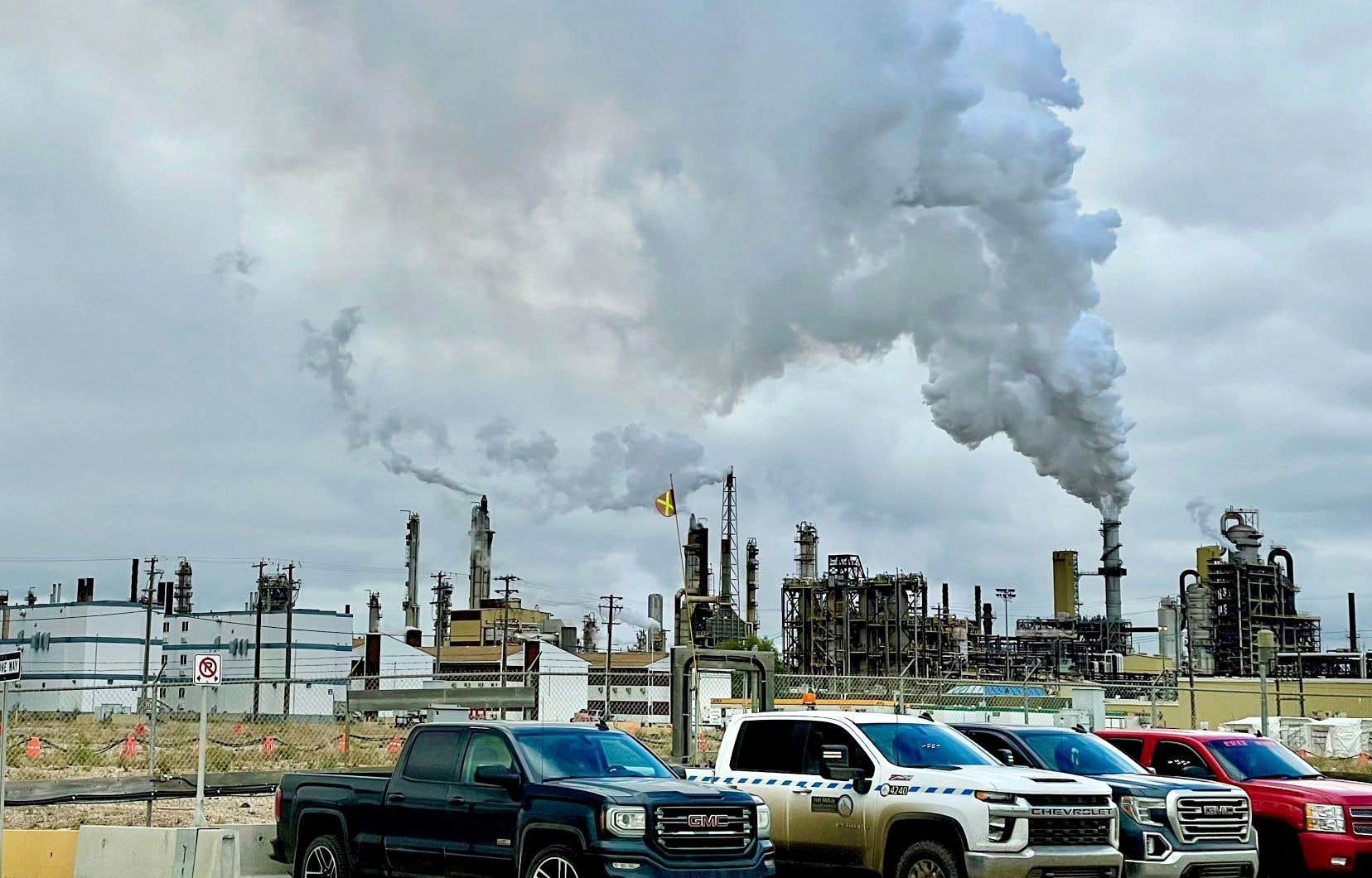The federal Minister of the Environment, Steven Guilbeault, must announce this Thursday the details of the regulatory framework of the system supposed to make it possible to cap greenhouse gas emissions from the oil and gas sector, the heavyweight of the Canadian balance sheet. This system has been called for by environmental groups for several years, since it should also make it possible to reduce industrial emissions.
According to information obtained Wednesday by The duty and other Canadian media, the Trudeau government has decided to opt for a cap-and-trade system for emissions rights.
The final draft of the more detailed regulations should be published at the beginning of 2024, as Minister Guilbeault has already mentioned during the United Nations climate conference, COP28, which is currently being held in the United Arab Emirates. Thursday’s announcement must be made live from Dubai.
Once the regulation is made public, it is expected that it would be “adopted”, and therefore in force, possibly in the fall of 2024. According to Ottawa, it must make it possible to reduce emissions from the oil and gas sectors at the pace and at the scale needed to achieve 2030 climate goals, then net-zero emissions by 2050.
Increase in emissions
Since the Trudeau government promised, in 2021, to impose a limit on the growth of greenhouse gas emissions from the fossil sector, many, particularly in the environmental sector, are urging Ottawa to act to curb the increase in the balance sheet. carbon from the most polluting industry in Canada.
According to the most recent available report on Canada’s GHG emissions, that of 2021, the increase in emissions observed in the country since 1990 “is mainly attributable to an 88% increase” in emissions from the oil and gas exploitation sector. . In particular, they have increased by 12% since 2005, the reference year used by the government in its plan to combat the climate crisis.
Emissions from the sector reached 189 million tonnes in 2021, the equivalent of 77 million cars. They reached 100 million tonnes in 1990, and 168 million tonnes in 2005.
It remains to be seen how the industry will react, which is still banking on an increase in production in the coming years. In the case of companies active in the oil sands sector, they claim they can achieve “carbon neutrality” by focusing primarily on the development of carbon capture and storage technology. A claim disputed by environmental groups and which is currently the subject of an investigation by the Competition Bureau.
The capping system developed by the federal government only concerns emissions on Canadian territory, which excludes those emanating from the combustion of exported resources. Canada exports a large part of its oil and gas production. Emissions linked to the use of oil, natural gas and coal exported from Canada totaled more than four billion tonnes between 2016 and 2020, according to an estimate from the federal Ministry of the Environment.
Further details will follow.
